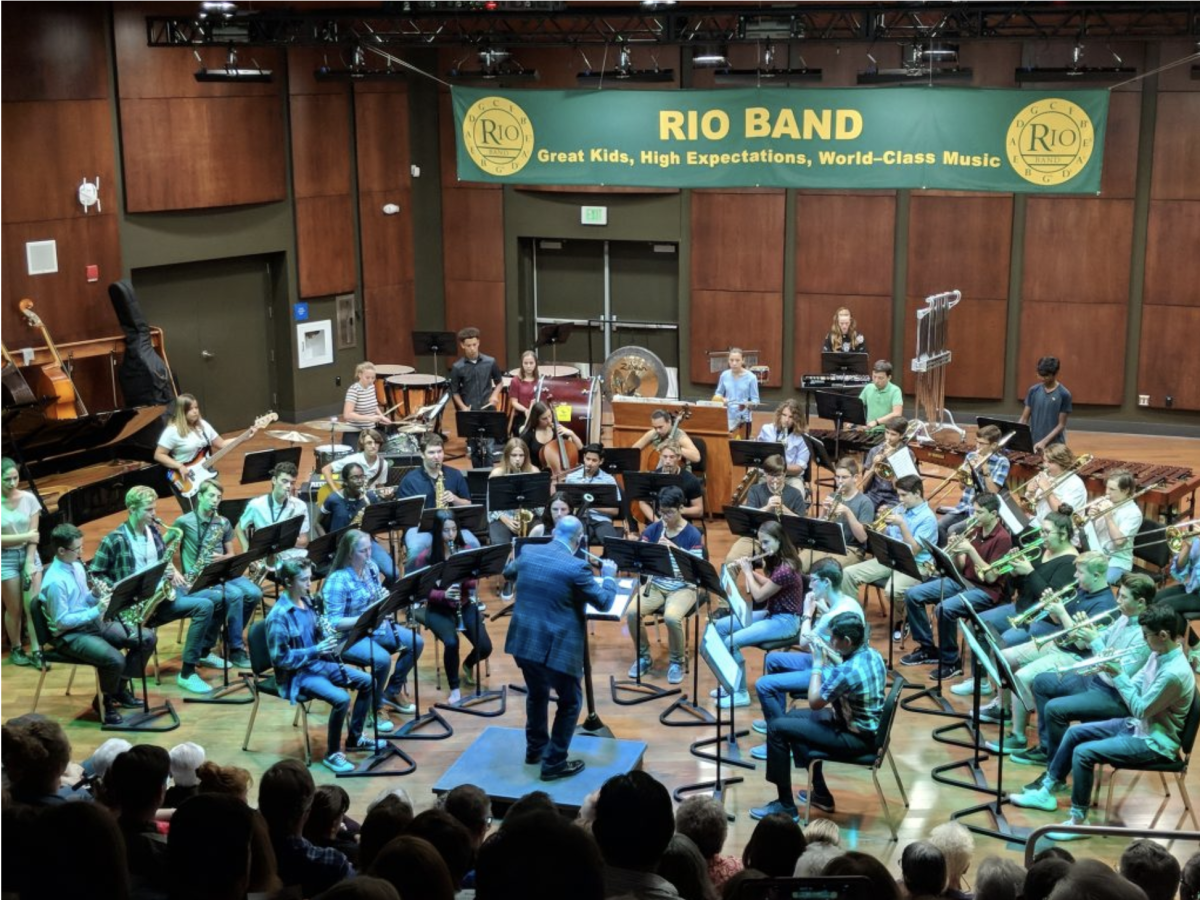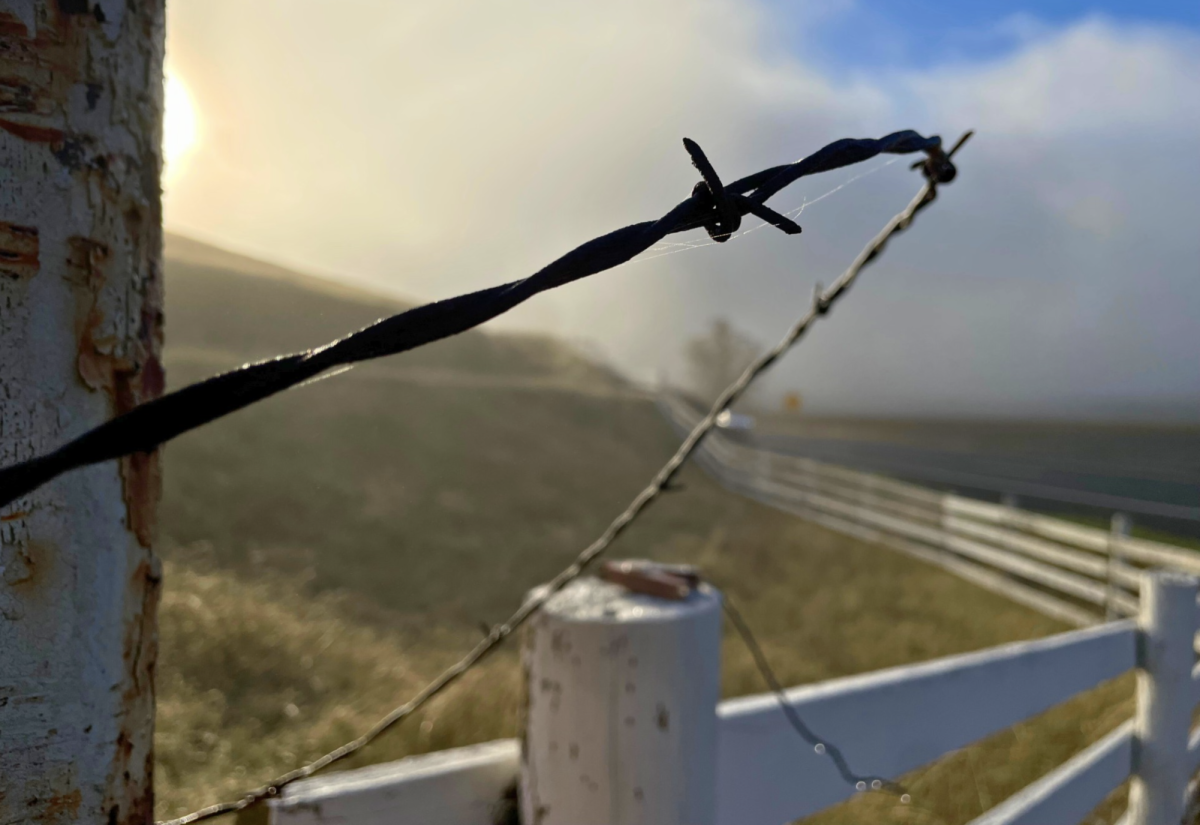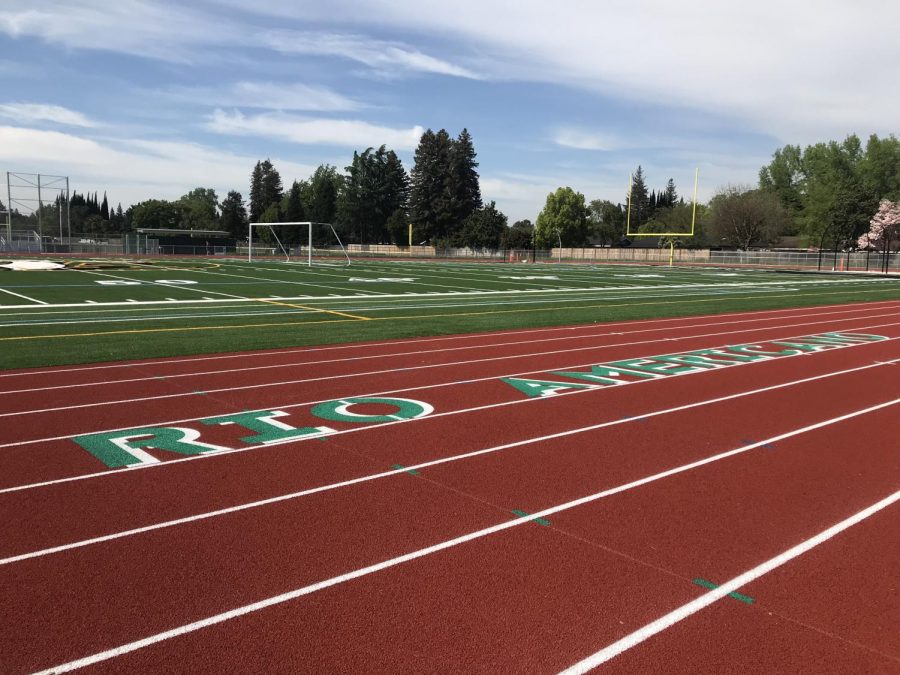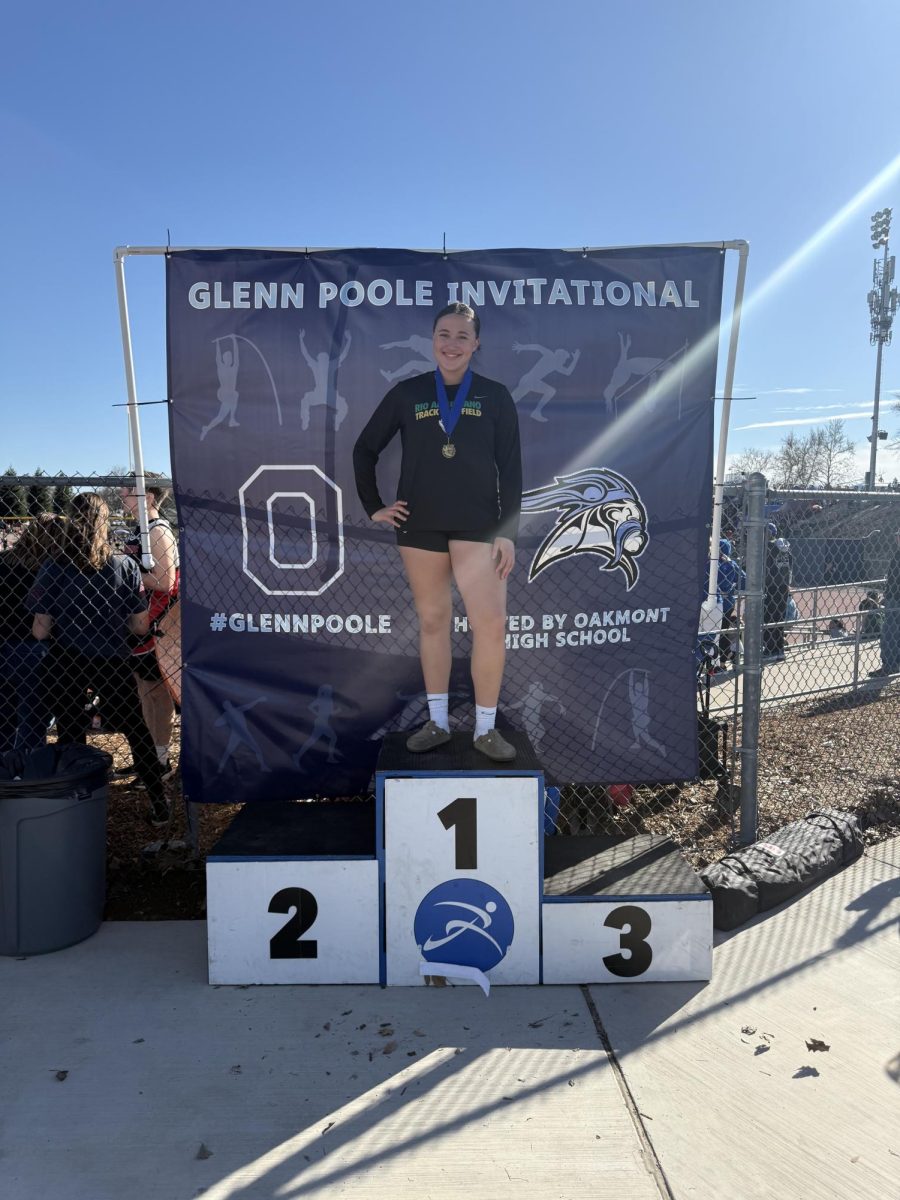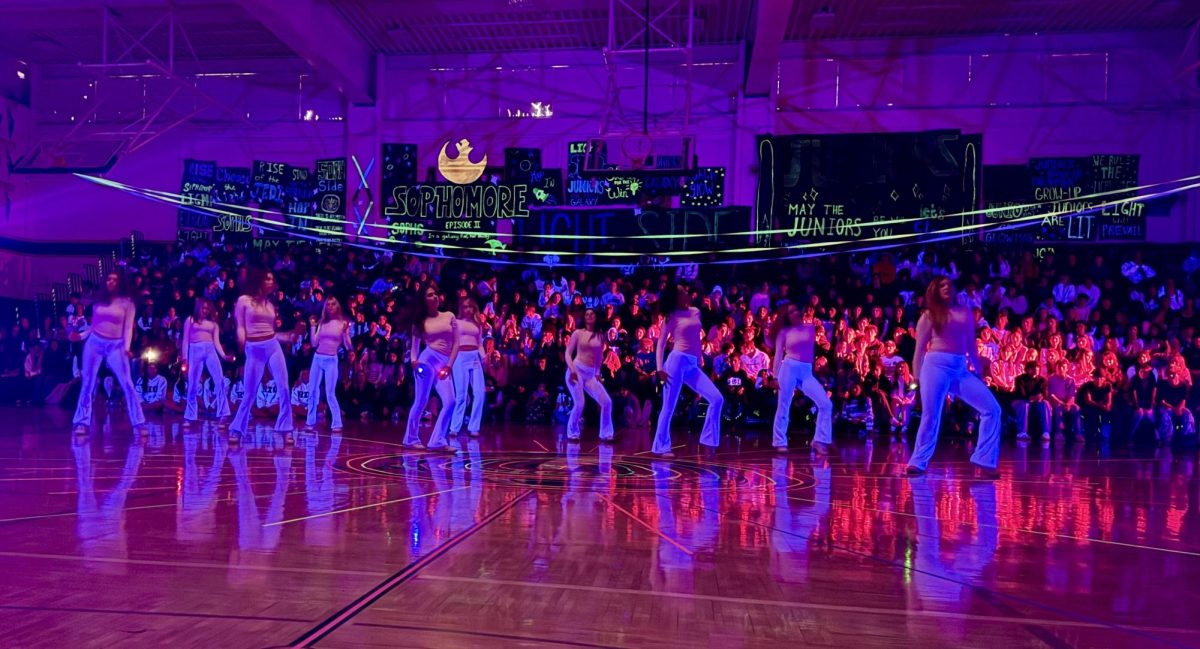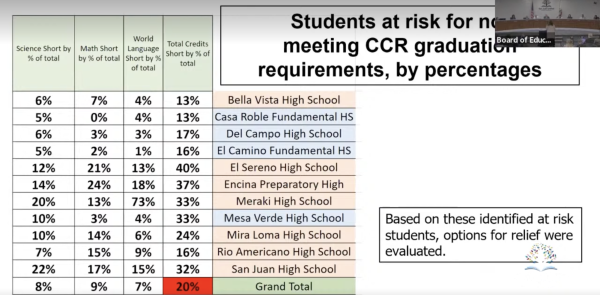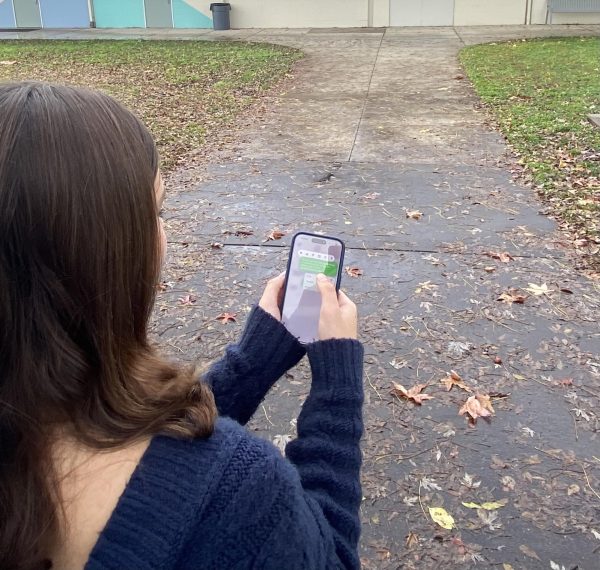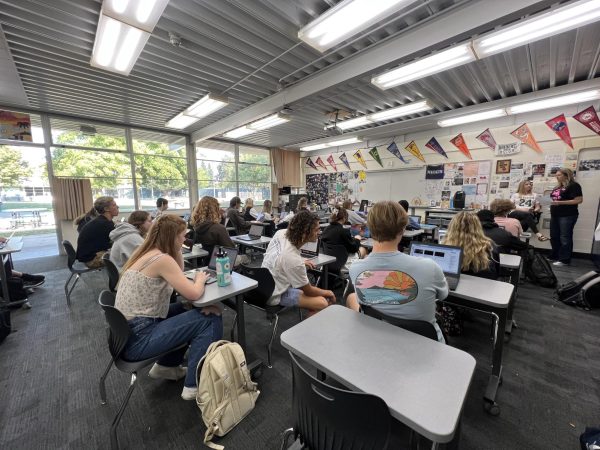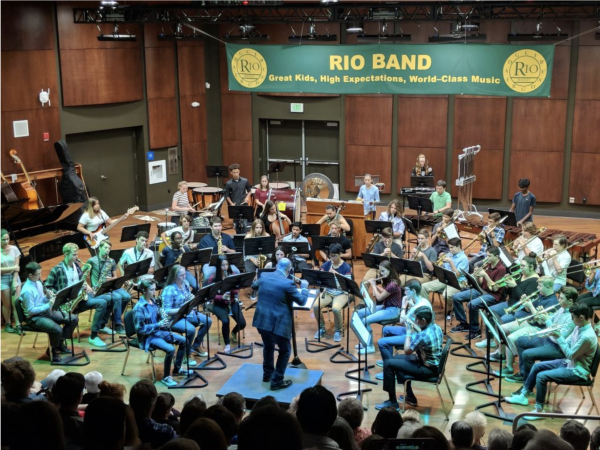New Technology Creates Hope for an Effective COVID Vaccine
A year after the initial outbreak of the novel coronavirus, prospects for a vaccine look hopeful, scientists say.
Almost a full year after the outbreak of the novel coronavirus in Wuhan, China, it seems like a viable vaccine may be on the horizon. Pharmaceutical companies Moderna and Pfizer have developed vaccines for the virus in just under 10 months which have proved to be about 95 percent effective in preventing recipients from getting sick.
Under normal circumstances, the vaccine approval process requires over six months of follow-up study in addition to multiple phases of clinical trial data to track vaccine safety and possible side-effects. The final approval takes place when experts at the FDA decide that the proven benefits of the vaccine outweigh any possible side effects, which will not cause danger to the vaccine’s recipient.
However, under the unique conditions presented by a global pandemic, companies would forgo the normal approval process in favor of a request for an emergency-use authorization (EUA) of the vaccine. This only requires two months of trial data with human participants to ensure vaccine safety, which would allow initial approval while companies gather more data to pursue full approval in the future.
New technology has allowed for faster development of effective vaccines without requiring manufacturers to take shortcuts that could endanger patient safety.
With other viral vaccines, like those for influenza, there are small amounts of inactivated viruses that trigger the body’s immune response, causing it to form antibodies that would fight the virus were it to get into the body.
The new vaccine in development against COVID-19 doesn’t require any parts of the inactivated virus to be used. Rather, scientists manufacture mRNA based on the genetic sequence of the SARS-CoV-2 virus released in January that directly instructs cells to produce protein antibodies that can be used to fight the virus if necessary.
Thus far in trials, the vaccines have proven very effective in preventing people from getting sick, but that doesn’t necessarily mean that they are effective at preventing infection. Further data is needed to test for antibodies and determine how many people who received vaccines simply didn’t display symptoms versus how many didn’t get infected at all.
While Pfizer and Moderna’s vaccines have the most data available in terms of effectiveness based on human trials, they are not the only companies working to develop one. Other names in the game include AstraZeneca, Johnson & Johnson/Janssen, Sanofi/GlaxoSmithKline, among others. All of these companies have funded their research with taxpayer dollars from the Operation Warp Speed Program, meaning that once available, they would be free to Americans.
First to receive the vaccine would be frontline healthcare workers as well as other essential workers such as paramedics and law enforcement professionals. Next up would be those at the highest risk for getting sick, including the elderly and those with pre-existing health conditions putting them at risk.
Depending on the speed of manufacturing, the first doses of the vaccine could come out as soon as the end of this year, but most Americans will not be able to access vaccinations until spring of 2021 according to Dr. Anthony Fauci of the National Institute of Allergy and Infectious Diseases.

